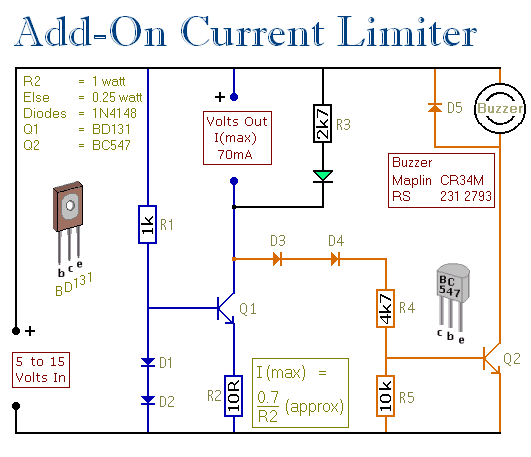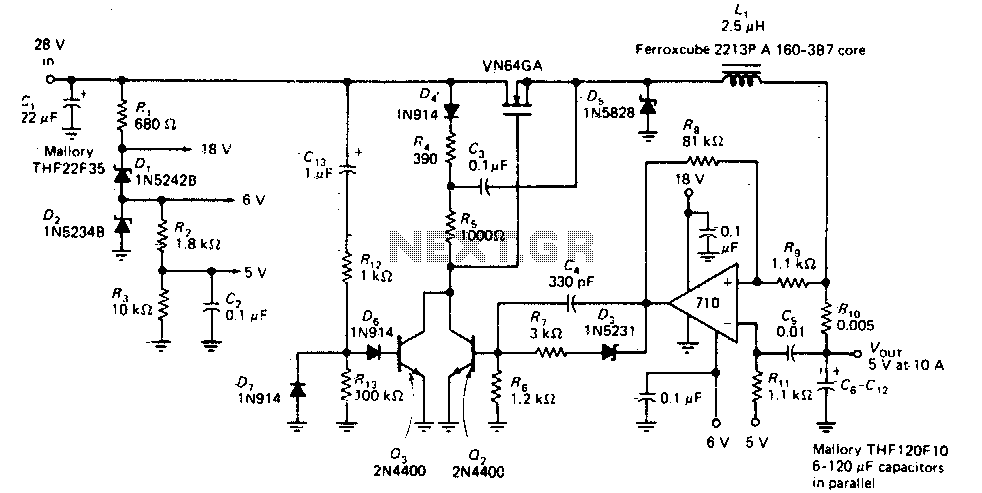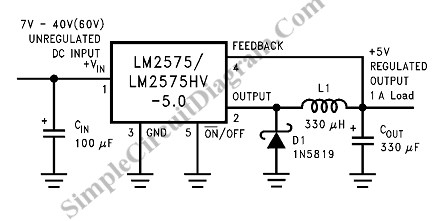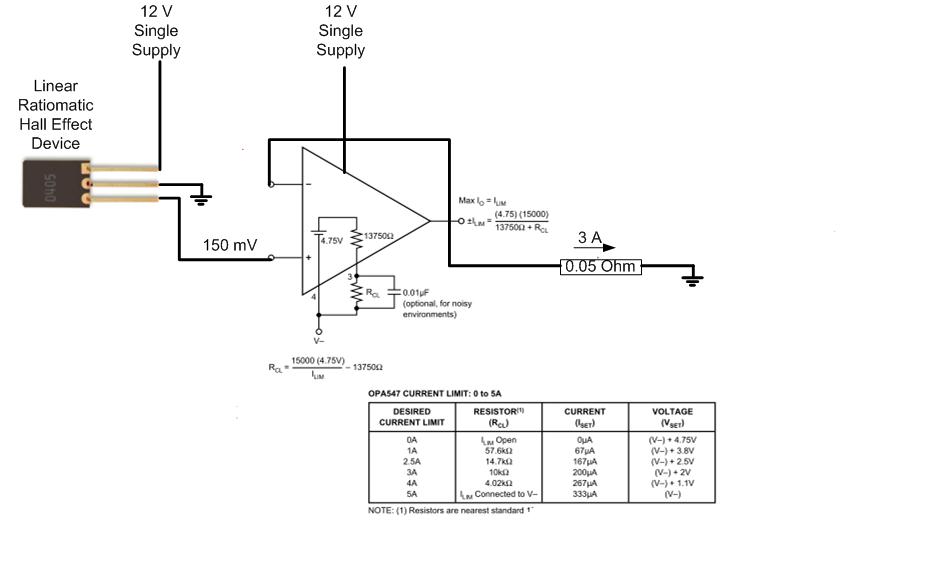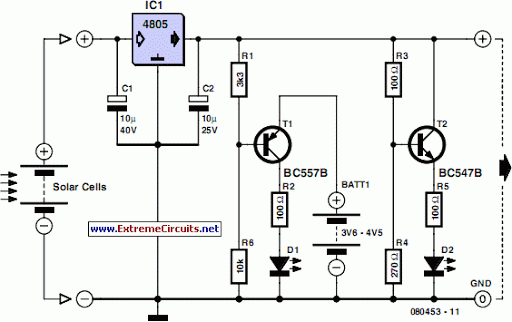
Adjustable Constant Current Regulator
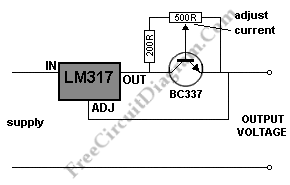
This is an adjustable constant current regulator circuit. This circuit can be used in a bench power supply to prevent the circuits that are tested from being damaged.
The adjustable constant current regulator circuit is designed to provide a stable output current regardless of variations in load resistance or input voltage. This feature is particularly useful in applications such as bench power supplies where sensitive electronic components need to be tested without the risk of overcurrent conditions that could lead to damage.
The circuit typically consists of a voltage reference, an operational amplifier, and a pass transistor. The voltage reference sets the desired output current level, while the operational amplifier compares the output current with the reference voltage. The pass transistor is used to regulate the current flowing to the load based on the feedback from the operational amplifier.
To implement this circuit, the following components are essential:
1. **Voltage Reference**: A precision voltage reference IC (e.g., LM4040) can be used to provide a stable reference voltage. This voltage is used to set the desired output current.
2. **Operational Amplifier**: An op-amp (e.g., LM358) is used to compare the output current, which can be measured using a shunt resistor, against the reference voltage. The op-amp will adjust the base drive of the pass transistor to maintain the output current at the set level.
3. **Pass Transistor**: A power transistor (e.g., TIP31) acts as the current regulator. It adjusts its conduction based on the feedback from the op-amp to maintain the current at the desired level.
4. **Shunt Resistor**: A low-value resistor is placed in series with the load to measure the output current. The voltage drop across this resistor is fed back to the operational amplifier for comparison with the reference voltage.
The output current can be adjusted by varying the reference voltage, which can be done using a potentiometer connected to the voltage reference. This allows for flexibility in testing different loads without the risk of exceeding safe current levels.
In summary, the adjustable constant current regulator circuit is a vital tool in electronic testing and development, ensuring that circuits under test receive a controlled and safe amount of current. Proper design and implementation of this circuit can significantly enhance the reliability and safety of electronic testing procedures.This is Adjustable Constant Current Regulator circuit. This circuit can be used in a bench power supply to prevent the circuit that are tested from being. 🔗 External reference
The adjustable constant current regulator circuit is designed to provide a stable output current regardless of variations in load resistance or input voltage. This feature is particularly useful in applications such as bench power supplies where sensitive electronic components need to be tested without the risk of overcurrent conditions that could lead to damage.
The circuit typically consists of a voltage reference, an operational amplifier, and a pass transistor. The voltage reference sets the desired output current level, while the operational amplifier compares the output current with the reference voltage. The pass transistor is used to regulate the current flowing to the load based on the feedback from the operational amplifier.
To implement this circuit, the following components are essential:
1. **Voltage Reference**: A precision voltage reference IC (e.g., LM4040) can be used to provide a stable reference voltage. This voltage is used to set the desired output current.
2. **Operational Amplifier**: An op-amp (e.g., LM358) is used to compare the output current, which can be measured using a shunt resistor, against the reference voltage. The op-amp will adjust the base drive of the pass transistor to maintain the output current at the set level.
3. **Pass Transistor**: A power transistor (e.g., TIP31) acts as the current regulator. It adjusts its conduction based on the feedback from the op-amp to maintain the current at the desired level.
4. **Shunt Resistor**: A low-value resistor is placed in series with the load to measure the output current. The voltage drop across this resistor is fed back to the operational amplifier for comparison with the reference voltage.
The output current can be adjusted by varying the reference voltage, which can be done using a potentiometer connected to the voltage reference. This allows for flexibility in testing different loads without the risk of exceeding safe current levels.
In summary, the adjustable constant current regulator circuit is a vital tool in electronic testing and development, ensuring that circuits under test receive a controlled and safe amount of current. Proper design and implementation of this circuit can significantly enhance the reliability and safety of electronic testing procedures.This is Adjustable Constant Current Regulator circuit. This circuit can be used in a bench power supply to prevent the circuit that are tested from being. 🔗 External reference
